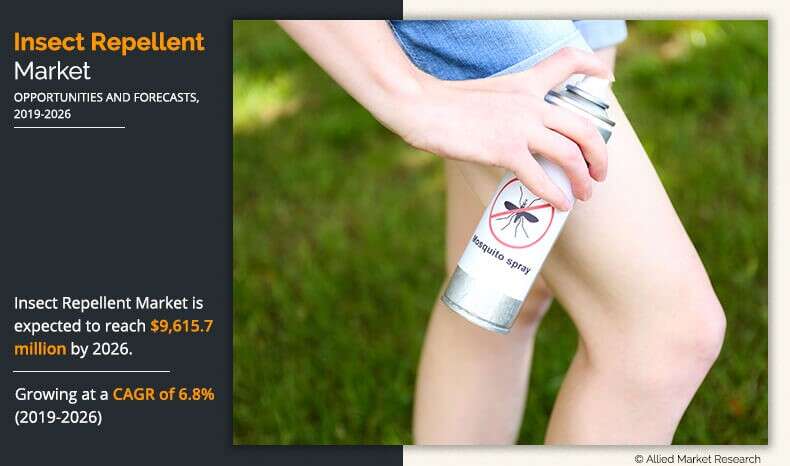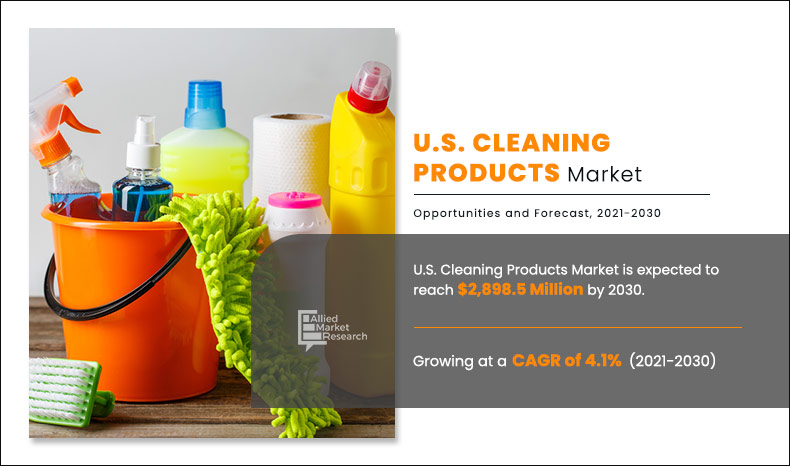The global steam turbine market size was valued at $15.5 billion in 2020, and projected to reach $21.3 billion by 2030, with a CAGR of 3.3% from 2021 to 2030. Increase in demand for thermal power generation and electric supply, surge in energy demand and steady investment for expansion of the power industry, and increase in efforts to reduce energy demand & supply gaps as well as the development in thermal power projects drive the growth of the global steam turbine market. Moreover, increase in regulatory initiatives to minimize carbon emissions as well as increased investments in the development of large-scale thermal power plants in developing countries present new opportunities in the coming years.
The global steam turbine market growth is majorly driven by increase in demand for thermal power generation and electric supply. In addition, rapid oil & gas and power demand in developing countries is expected to boost the growth of the steam turbine market.Furthermore, surge in energy demand and steady investment for expansion of the power industry are expected to have positive impact on the demand and enahnce steam turbine market opportunities. Moreover, the global market is expected to witness notable growth due to increase in efforts to reduce energy demand & supply gaps as well as the development in thermal power projects.
In addition, robust economic growth and regulatory standards promoting the use of low emission fuels such as natural gas & biomass in steam turbines notably contribute toward the market growth. However, implementation of stringent government regulations to reduce reliance on traditional energy sources such as coal-fired power generation and their replacement with renewables hinder the market growth. Moreover, the competitive cost of renewable technologies impedes the growth of the global steam turbine market.
Download Sample PDF (221 Pages PDF with Insights): https://www.alliedmarketresearch.com/request-sample/6028
Based on end use industry, the power generation segment accounted for the largest share in 2020, contributing to nearly half of the global steam turbine market, and is projected to maintain its lead position during the forecast period. Moreover, the same segment is expected to portray the largest CAGR of 3.7% from 2021 to 2030, owing to growth in power plants all over the world. The report also analyzes the segments including petrochemical, oil and gas, others.
Based on region, Asia-Pacific held the highest market share in terms of revenue 2020, accounting for nearly half of the global steam turbine market. Moreover, the same region is expected to witness the fastest CAGR of 3.7% during the forecast period, owing to rise in demand for electricity in the region. Other regions discussed in the report include North America, Europe, and LAMEA.
The key players operating in the global steam turbine market include General Electric (GE) Co., Turbine Generator Maintenance Inc., Toshiba Corporation, Siemens AG, Arani power systems, Elliott Group, TURBOCAM, Doosan Škoda Power, Chola Turbo Machinery International Pvt. Ltd. Triveni Turbines, and Mitsubishi Power. Among these, General Electric (GE) Co., Turbine Generator Maintenance Inc., Toshiba Corporation, Siemens AG, and Mitsubishi Hitachi Power Systems Americas Inc. hold significant steam turbine market share.
For Purchase Enquiry @ https://www.alliedmarketresearch.com/steam-turbine-market/purchase-options
These market players are adopting different strategies such as design launch, partnership, expansion, merger, and acquisition to stay competitive in the market. For instance, in June 2019, Mitsubishi Hitachi Power Systems (MHPS), Ltd. strengthened its presence by expanding its facilities. MHPS Plant Services Corporation, a new company was opened in Philippines to offer services for power generation facilities.
Elliott Group announced merger of Ebara International Corporation, which is based in Sparks, Nevada. Effective from April 1, 2019, the merged entity became one of the four business units within Elliott Group.
IMPACT OF COVID-19 ON THE GLOBAL STEAM TURBINE MARKET
- The outbreak of COVID-19 had a negative impact on the growth of the steam turbine market.
- This impact is majorly attributed to significant disruption in the material transportation and dearth in availability of labor, which led to shutdown of manufacturing industry, thus declining the demand for power, which, in tur, resulted in decreased demand for steam turbines.
- Moreover, decrease in demand for many nonessential products and shut down of electrical, automotive, and other manufacturing industries created a negative impact on the development of the steam turbine market.
- Furthermore, surge in demand for environment-friendly power generation and increase in awareness toward the environment hampered the growth of the market.
- Thus, the abovementioned factors are expected to have a negative impact on the development of steam turbine market.
- On the contrary, presently, all activities have started normally as the COVID cases have reduced drastically due to the vaccination drive. This drive has led to normal operation of various manufacturing industries and continuation of pending power infrastructure. The rapid development of power infrastructure will have positive impact on the development of the steam turbine market.






 Increased awareness regarding hazardous effects of toxic chemicals used in the toys and increasing concern about climate and environment are majorly driving the growth of the sustainable toys market during the forecast period.
Increased awareness regarding hazardous effects of toxic chemicals used in the toys and increasing concern about climate and environment are majorly driving the growth of the sustainable toys market during the forecast period. 